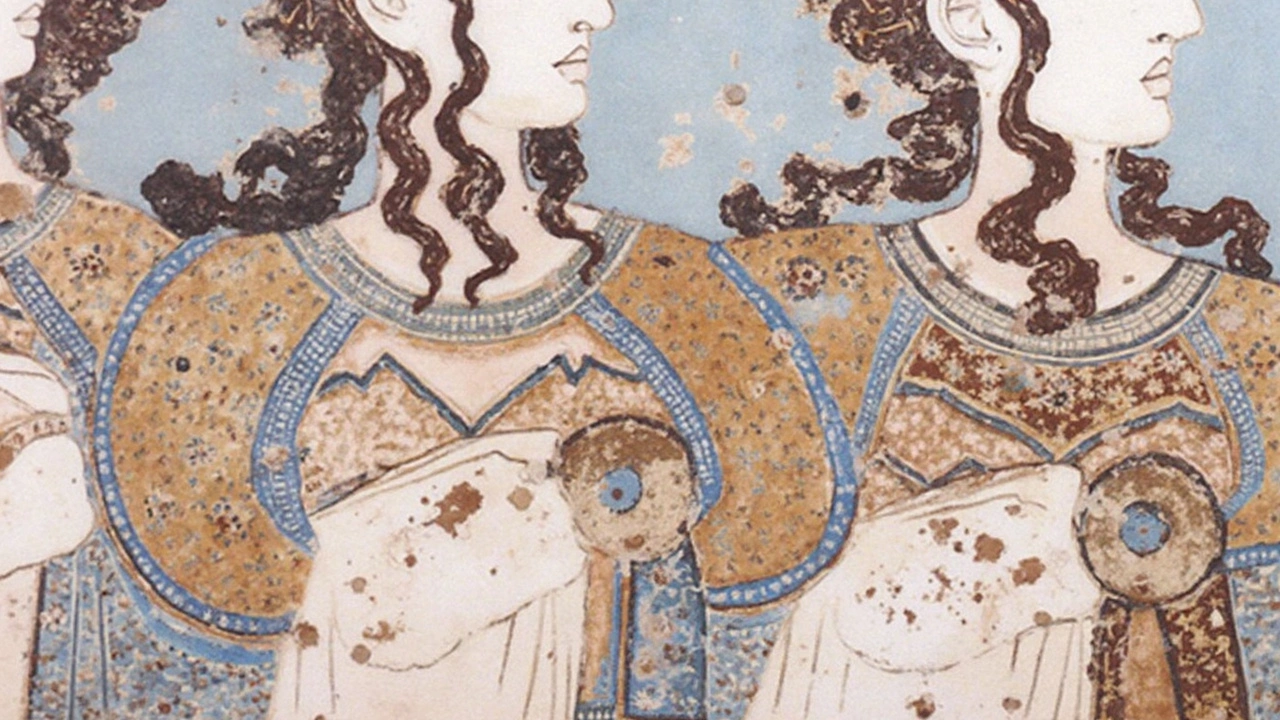Minoan Palatial Centres of Crete Gain Global Recognition
History just got a powerful update—on July 13, 2025, six Minoan palatial complexes in Crete stepped onto the world stage, officially secured as new entries on UNESCO’s World Heritage List. Knossos, Phaistos, Malia, Zakros, Zominthos, and Kydonia – their names might sound like echoes from ancient myths, but these places are very real. For decades, Greece’s Ministry of Culture and local authorities in Crete steadily pushed for this moment, determined to prove that these Bronze Age sites are not just old ruins but blueprints of an advanced and creative society stretching back almost 4,000 years.
If you think palaces are just for kings and queens, think again. These Minoan sites weren’t only royal mansions; they were the heartbeat of the earliest complex society in Europe. Imagine a time between 1900 and 1100 BCE. While stone tools and farming were still common elsewhere, Crete was bustling with organized administration, bustling market areas, religious centers, and sprawling workshops. Its people built multistory buildings, laid down networks of paved pathways, engineered drainage systems that still impress modern architects, and carved out courtyards for huge community gatherings and ceremonies. They even invented early scripts—we know them today as Linear A and Linear B—that hint at a sophisticated bureaucracy far ahead of its time.
Living Legacies of Minoan Innovation
Knossos is the star of the show, and not just because of the bewildering labyrinth linked to the Minotaur myth. Archaeology there turned up surprisingly advanced storerooms, open-air theaters, vivid wall frescoes, and hints of dramatic religious rituals. It's clear the people who lived here knew how to organize, create, and thrive. Malia, on the other hand, showcases urban planning at its peak, while Zakros and Zominthos surprise anyone who visits with their ingenious use of design in challenging, remote locations. Byzantine Kydonia rounds out the group by illustrating how Minoan ideas and influence lingered long after the Bronze Age faded.
What convinced UNESCO? It wasn’t just what survived, but how these sites withstood earthquakes, fires, and invasions. Over centuries, these buildings were rebuilt and reimagined several times, each layer recording another chapter in Crete’s history. UNESCO’s decision came after detailed evaluations by ICOMOS, which looked hard at whether the sites kept their original feel, if the ruins were well looked after, and if future plans were in place to prevent them from being loved to death by tourism or lost to neglect. With Greece promising strong management and conservation, the world gets to keep learning from these remarkable places.
Recognizing the Minoan palaces is not just about celebrating beautiful ruins. It’s about acknowledging a culture that shaped Europe’s roots—places where ancient people traded, worshipped, made laws, and imagined their gods and heroes. As more travelers turn their eyes to Crete, these now-UNESCO-protected palaces will be ready to share their stories for generations to come.
